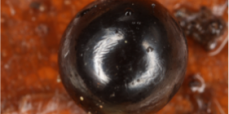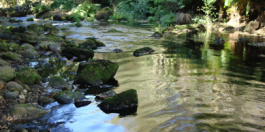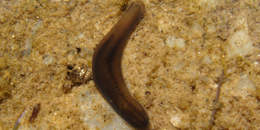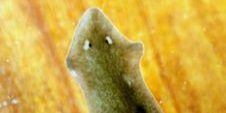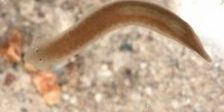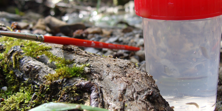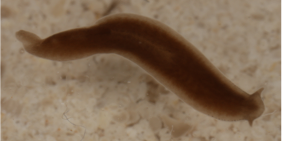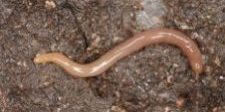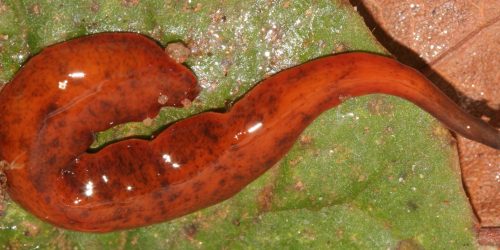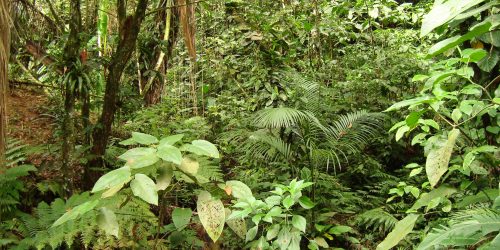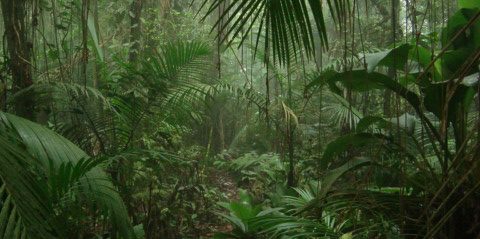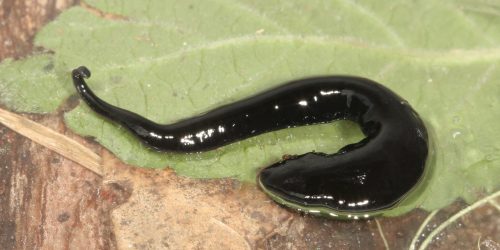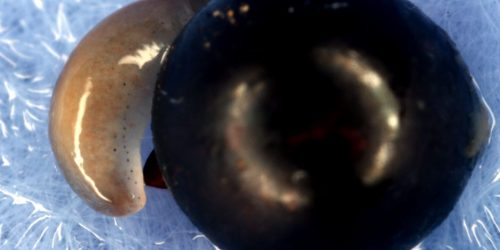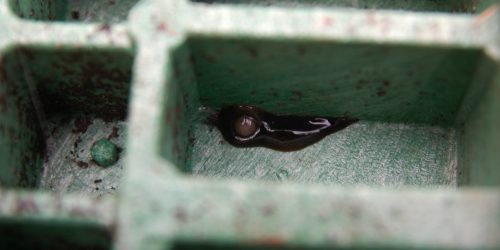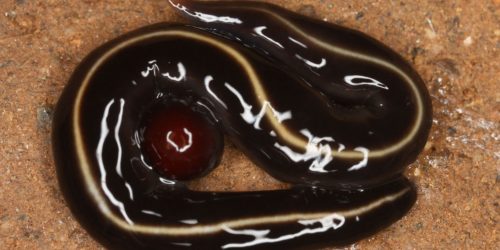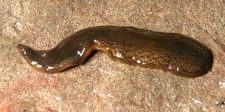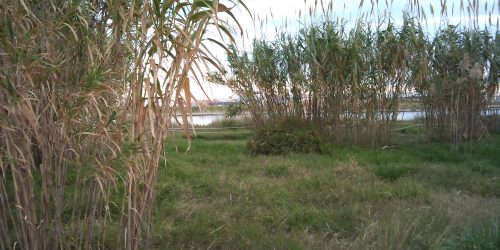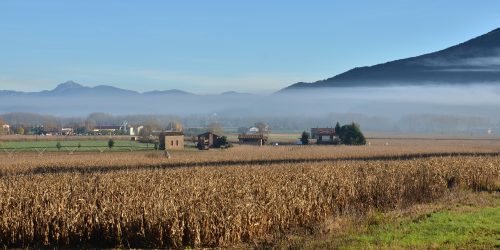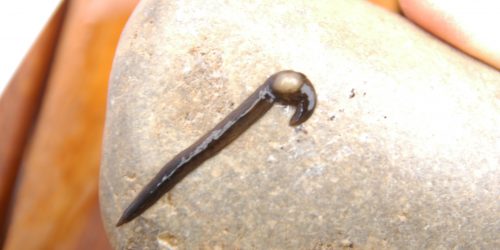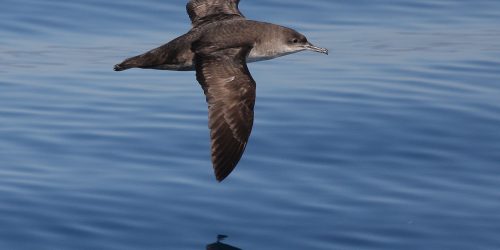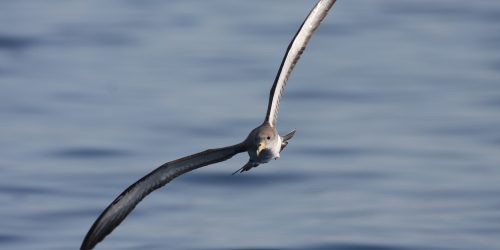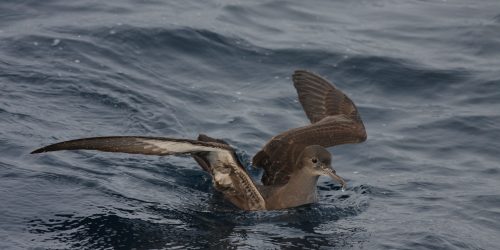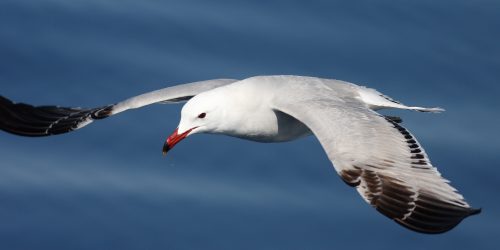Evolutionary history of Tricladida as a model to understand Biodiversity origin and maintenance
Goal: Through the study of the evolution of these tiny animals, planarians, at different taxonomic levels and all around their distribution (when possible), we want to understand how biodiversity is generated, maintained and lost. We are especially interested in the effects of climatic, geologic and in general historical factors in their distribution and diversification. We work with molecular data (including transcriptomes, reduced genome data, and now even complete genomes), morphological, and kariological data. We also apply niche modeling, ancestral state reconstruction and ancestral area reconstruction to do our inferences.
- Paricipants: Marta Riutort, Dani Dols, Nacho Tenaguillo
- Collaborators: Marta Álvarez-Presas, Ronald Sluys, Giacinta Stocchino, Eduardo Mateos, Eduard Solà,
Consequences of fissiparous reproduction on the genetic background of species
Goal: Planarians are moreover able to reproduce both sexual and asexually, in the case of Dugesia species this last way of reproduction is accomplished by fission. We are interested in the effect that fissiparity have in their genetic background and in consequence in their success at the long term. To this last aim, we have studied the accumulation of mutations at the intraindividual level in fissiparous lineages of the species Dugesia subtentaculata. We have found that fissiparous individuals are genetic mosaics and are tackling how Messelsons effect and Muller’s ratchet affect their evolution. At present we are studying the special case of some fissiparous populations found in the Norteast of the Iberian Peninsula, they are related to the species Dugesia etrusca and Dugesia liguriensis, from the Tuscany and Liguria, but present a very peculiar pattern when included in the phylogenies: «the ladder-pattern». This pattern indicates they are most probably ancient asexual lineages, which makes these animals extremely interesting to analyse the consequences of asexuality in general, of fissiparity specifically, and to study how animals presenting this type of reproduction overcome the burdens of deleterious mutations accumulations.
- Paricipants: Marta Riutort, Nacho Tenaguillo
Planarians taxonomy: an integrative approach to delimit species and revise their classification
Goal: In our research, we find new species, either because we sample new localities or because we discover that what has been considered as a unique species is, in fact, more than one. We use a combination of data coming from morphology, molecules and other sources (as karyotypes, etc.) in an integrative approach to the delimitation of species results in more robust species descriptions. Moreover, also as a consequence of our molecular phylogenetic studies, multiple changes in the taxonomy of the group have been proposed.
- Paricipants: Marta Riutort, Dani Dols
- Collaborators: Ronald Sluys, Giacinta Stocchino, Eduardo Mateos, Eduard Solà, Hugh Jones, Marta Álvarez-Presas, Laia Leria, Lisandra Benítez-Alvarez, Fernando Carbayo, Ana Maria Leal-Zanchet
Past projects:
Diversity and biogeography of land planarians in Europe
Goal: Soil fauna in forests, and specially invertebrates, is a group of organisms poorly studied, and nonetheless they accomplish important ecological services. This project covers both the study of the diversity of terrestrial planarians in the European territory and the study of their biogeography. Results till now show that the number of species of this group is much higher than previously thought. In addition, using molecular data, we are working out the biogeographic patterns of the current distribution of the three most widely distributed species of the genus Microplana. The first results have shown that the Pleistocene glaciations have been important drivers of their present day distribution but their diversity is much older.
- Participants: Marta Álvarez-Presas, Marta Riutort
- Collaborators: Ronald Sluys, Eduardo Mateos
Molecular phylogeography of terrestrial planarians using NGS data. Implications for conservation in the Brazilian Atlantic Forest (BAF).
Goal: similar to the previous one but situated on a region of much more diversity, the BAF, a biome of which only fragments covering around a 17% of its original cover remain. Through the study of two co-distributed terrestrial planarian species we have already found that diversity in that forest is old, and that on the contrary to what have been found using good dispersers as vertebrates, planarians seem to indicate that the southernmost parts of the BAF were covered by forest during the last glacial maxima. Those studies however showed that using a few molecular markers gave not enough power to test our biogeographic hypothesis. We are now using NGS techniques to develop new molecular markers to continue our studies focusing now in the region of the state of São Paulo (Brazil).
- Participants: Marta Álvarez-Presas, Marta Riutort, Marina Lorenzo
- Collaborators: Fernando Carbayo, Julio Rozas
Invaders: Terrestrial planarians introduced in Europe
Goal: We analyze the genetic variability and distribution of tropical terrestrial planarians found in Europe. These animals, arrived from as far away places as Australia or Brazil, are spreading rapidly through Europe. Our studies have shown that more than 10 different species have been found, some of them being new to science (they had not been found or described in their area of origin). Most of the animals have been found by citizens in their gardens and we have detected them in plant nurseries and garden centers, indicating the plant trade as the source of the invasion. If you see one, let us know (more information in the planaries terrestres invasores menu).
- Participants: Marta Álvarez-Presas, Marta Riutort, Eduard Solà
- Collaborators: Eduardo Mateos
Projects in collaboration
Genomics applied to the study of migration genetics in seabirds and to the conservation of one of its species, the endangered Balearic shearwater
Goal: A few years ago, we initiated a line of research in collaboration with Drs. Gonzalez-Solis and Julio Rozas to use shearwaters as model organisms to study the genetic basis of migration. In this line we have first stablished a robust and resolved phylogeny for the 3 genera conforming shearwaters (Calonectris, Puffinus and Ardena), basing on UCEs and ddRADseq. Now, by means of comparative genomics we are working on the search of genes related to migration at two levels, within shearwaters and at the level of the whole bird phylogenetic tree. Moreover, we are leading a conservation genomics study for Puffinus mauretanicus (Balearic shearwater) to estimate population genetic parameters and estimate the introgression of Balearic shearwater with its sister species (Yelkouan shearwater) and evaluate the consequences for the conservation of the species.
- Participants: Marta Riutort, Julio Rozas, Jacob González-Solís (Dept. Biologia Evolutiva, Ecologia i Ciències Ambientals), Joan Ferrer Obiol, Cristian Cuevas-Caballé, Guillem Izquierdo.
